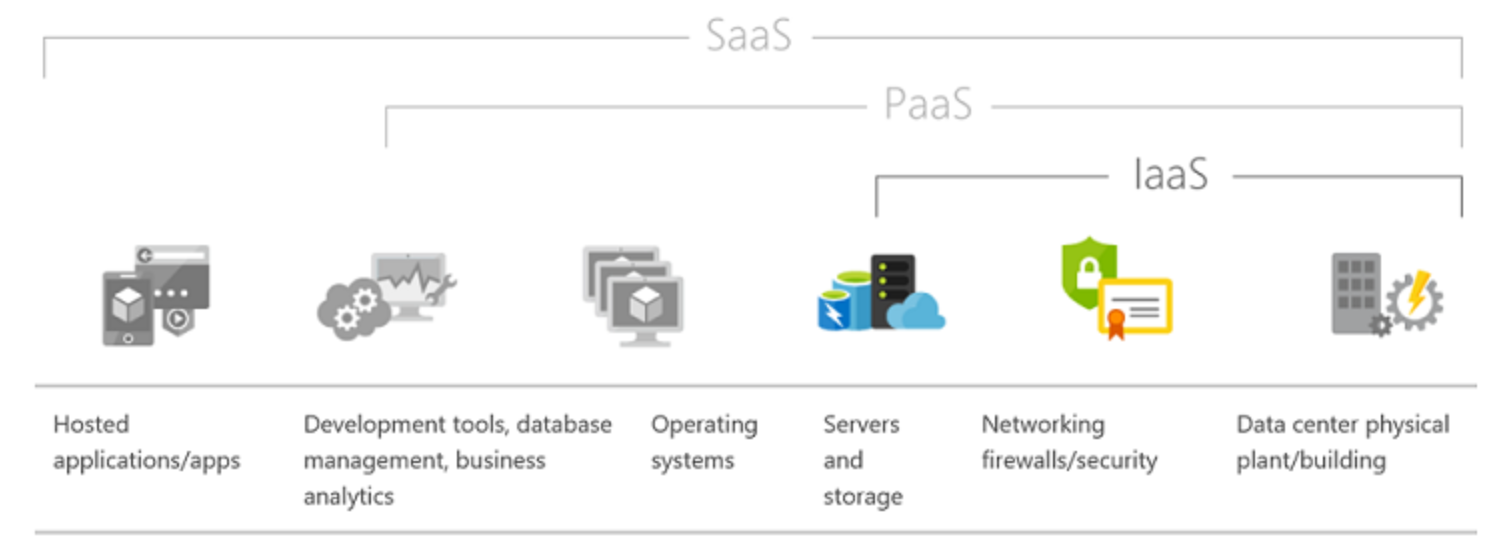Course 2 of 11: - Provision and Manage Virtual Machines

(This post is part of my review of the Microsoft Professional Program: Cloud Administration)
Course 2 of 11: - Provision and Manage Virtual Machines
Overview: The "Azure Virtual Machines" course is comprised of 5 modules covering what is Infrastructure as a Service (IaaS), creating virtual machines, configuring virtual machines, virtual machine disks, and how to manage virtual machines. There is two additional modules which cover a practical assessment and final exam which aims to test your recently gained knowledge to the test. Don't skip the introductory module since it covers setting up a free Microsoft Azure trial account which lands you $200 of Azure credit for 30 days. I love free stuff!
Time Spent / Level of Effort: This course is the first real deep dive into what Azure is all about. Compared to the first course where it took me under 3 hours to complete, this course took me between 8-10 hours. As before, I watched all the videos at double speed then completed each quiz after each module. The module quizzes were easy to pass since the answers are explained in the videos or the self-paced reading material. Maybe I missed a few answers in the videos, but I had to search a few answer on the web to complete a few quizzes. The final exam and lab were pretty straight-forward and I passed the overall course with a 82%.
Course Highlight: The terms SaaS, PaaS, and IaaS are not new. However, the course did a really thorough job on explaining the differences between them all in a very simple and easy to understand manner. I have a fair amount of experience with Azure, but never with a true production environment. Module 3 introduced an important Azure feature for production environments called Availability Sets. As an Azure administrator, you must be prepared for planned (updates) and unplanned (hardware) failures. One way to prepare is with Availability Set, which is a logical grouping of two or more virtual machines. For all Virtual Machines that have two or more instances deployed in the same Availability Set, Microsoft guarantees you will have Virtual Machine Connectivity to at least one instance at least 99.95% of the time.

Suggestions: While navigating through the course, take notes on the numerous resources, tools, and tips that are generously provided in each module. Also, since the labs walk through step-by-step to provide the answers for the quizzes, it is easy to set up the environment and then instantly delete it from your Azure account after answering the questions. Here are two interesting resources that I took note of:
Azure Tools for Visual Studio: Where developers can setup a VM for testing quickly using built in templates in Visual Studio.
Azure Resource Explorer: is a great tool to view and modify resources you have created in your subscription. The tool is web-based and uses your Azure portal logon credentials. The source for the Resource Explorer tool is available on GitHub, which provides a valuable reference if you need to implement similar behavior in your own applications. This tool is particularly useful in viewing Azure scale sets. With the tool you can see the individual virtual machines and their properties.
If you have taken this course in the past or are going through it now, please leave a comment and share your experience.
Thanks,
Adam Lichtenberg [MSFT]